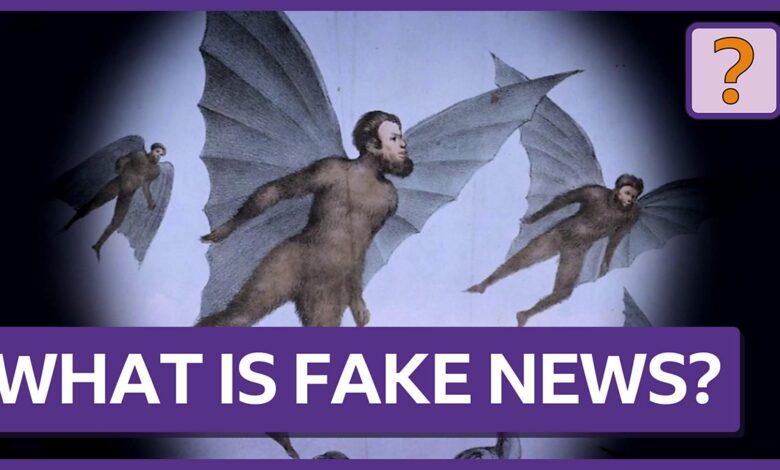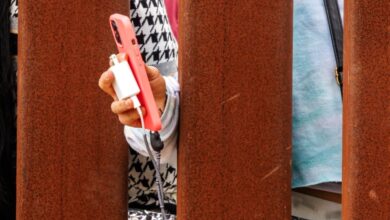A brief history of fake news

18th century
Advancements in the printing press, particularly the development of the Gutenberg printing press in the 15th century, allowed news (both real and fake) to spread faster than ever before. This technology meant that books and other documents could be produced much quicker than any handwriting.
In the mid-1700s, the printing press helped to spread fake news about George II, who was the King of Great Britain and Ireland at the time. The King was facing a rebellion, and relied on being seen as a strong leader to make sure the rebellion didn’t succeed.
Fake news about the King being ill was printed from sources on the side of the rebels. It didn’t take long before these stories were seen by other printers who then republished them. This harmed the King’s public image, and although the rebellion wasn’t successful, showed how fake news can be used to try and change people’s opinions.
The same thing happens today when a fake story is published on purpose to harm someone else. Unfortunately, if it isn’t fact-checked and gets shared by people or organisations thinking it is true, some of whom might have large followings, it starts to be taken seriously and the more it is shared the quicker it spreads… unchecked.
Source link




